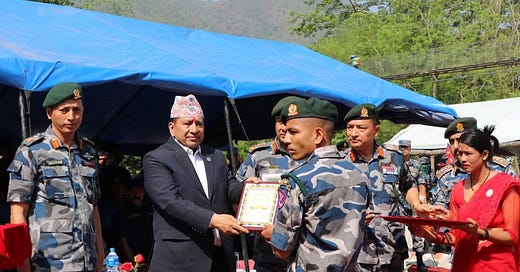REACTIVE NATURE OF RESCUE OPERATIONS IN NEPAL'S JUNGLE TRAILS
Addressing Safety Challenges Amidst the Serenity of Nepal’s Trails.
The recent news of 13 individuals missing in Phulchoki Forest and eventually coming into contact with the police (as reported by My Republica) inspired me to write this article. It sheds light on the pressing need for organized and proactive rescue operations in Nepal's dense jungle trails.
Nepal’s dense forests and challenging terrains offer a unique blend of adventure and serenity for recreational activities like hiking, running, and wildlife exploration. However, these very traits also make rescue operations in such environments both critical and complex.
Who Conducts Rescue Operations in Nepal?
Rescue operations for recreational activities in Nepal’s trails and forests are often managed by multiple stakeholders. The Nepal Army and Armed Police Force (APF) play significant roles in high-stakes rescue missions, often extending their expertise to difficult terrains. However, the primary responsibility of tracking entry and exit in such areas often falls to local law enforcement and conservation authorities. Despite their presence, coordination gaps and the lack of structured protocols often delay timely interventions.
Community-led initiatives and local guides sometimes step in to manage rescue missions, but their resources are limited. Unlike urban ambulance or air crash rescue services, which are relatively well-organized, the rescue mechanisms for recreational mishaps in jungles are underdeveloped.
Legal Provisions for Rescue Operations
Nepal’s Environment Protection Act and Forest Act outline the responsibilities for maintaining safety in protected areas and national parks. These laws primarily emphasize conservation and biodiversity protection but lack comprehensive provisions for recreational leisure rescue services. While there are some guidelines about safety for trekkers in conservation areas, they are not explicitly designed for quick-response rescue missions.
A dedicated clause or set of regulations under the Forest Act could address this gap by mandating rescue preparedness in recreational zones, potentially requiring operators to maintain emergency response teams.
Major Mishaps and Their Management
Langtang Avalanche (2015): During the 2015 earthquake, the Langtang Valley experienced a massive avalanche, burying entire villages and trekkers. The Nepal Army led rescue efforts, supported by international agencies, showcasing coordination but also highlighting response delays.
Snowstorm in Annapurna Circuit (2014): Over 40 trekkers lost their lives due to an unexpected snowstorm. Rescue operations were hampered by poor communication and lack of preparedness.
Rhino Attack in Chitwan National Park (2020): A tourist group encountered a rhino on a trail, resulting in injuries. Local guides managed the rescue, but no official mechanism was in place.
Bear Attack in Rara National Park (2018): A local porter was mauled, and the response was delayed due to the remote location.
Champadevi Hike Lootings (2022): Hikers were robbed, raising questions about whether rescue or security services could have prevented such incidents.
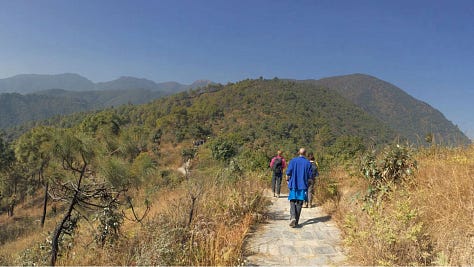
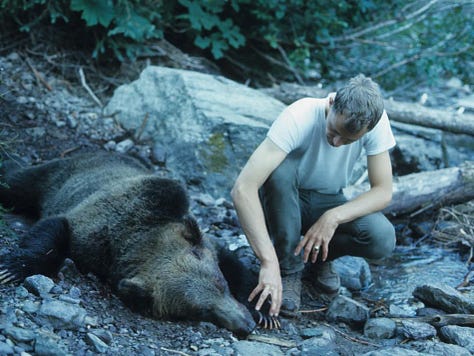
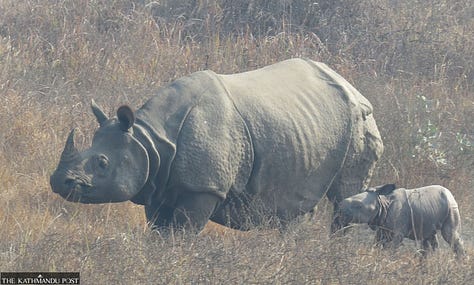
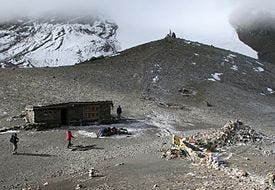
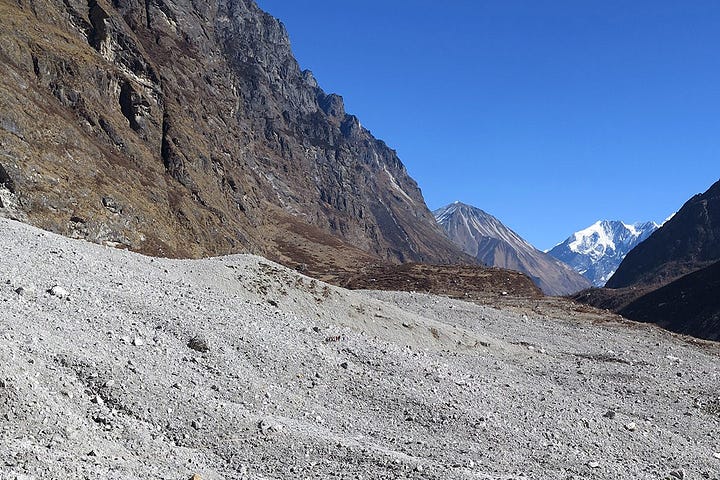
Global Perspectives and Nepal’s Shortcomings
Globally, countries like Switzerland and Canada have specialized rescue teams equipped with modern technology to handle emergencies in challenging terrains. Such operations are often supported by insurance policies or private rescue organizations, ensuring swift responses.
Nepal, on the other hand, struggles with limited infrastructure, poor coordination, and inadequate training for responders. The lack of investment in rescue operations not only results in tragic losses but also tarnishes Nepal’s reputation as a safe adventure destination, impacting tourism revenue and national pride.
Innovating Rescue Operations in Nepal
To enhance rescue operations, Nepal must:
Establish Dedicated Rescue Units: Specialized teams equipped with modern tools and trained in jungle rescue techniques.
Create a Centralized Command: A unified coordination body to manage and monitor rescue missions.
Involve Technology: Use GPS tracking, drones, and communication tools to locate and assist victims swiftly.
Engage Stakeholders: Collaborate with local communities, conservation authorities, and private operators to ensure comprehensive coverage.
Role of Independent Rescue Providers
Private rescue organizations can bridge gaps where government services fall short. Companies like Mountain Rescue in the Alps have set benchmarks in independent operations. Nepal could invite similar models, integrating private players into the national framework for emergency response. This would not only improve efficiency but also introduce accountability and innovation.
A Personal Note and Hope for Change
As a regular trail runner, I have experienced the tranquility of Nepal’s trails and the underlying risks they carry. Despite well-marked running routes, the fear of wild animal attacks or robberies lingers. We are all at risk when safety nets are reactive rather than proactive.
However, with collective effort and innovation, we can turn this challenge into an opportunity. By prioritizing safety and preparedness, Nepal can ensure that its jungle trails remain not just adventurous but also secure for all.
Let us run with confidence, knowing that help will always be just a call away.
#TrailSafety #NepalAdventure #RescueInnovation #ExploreSecurely
https://myrepublica.nagariknetwork.com/news/13-missing-in-phulchoki-forest-come-in-contact-with-police-676a4263d50ef.html

